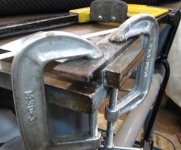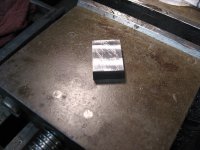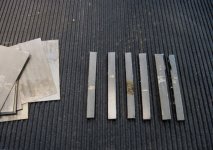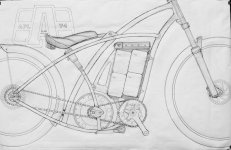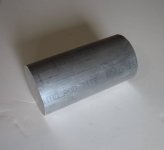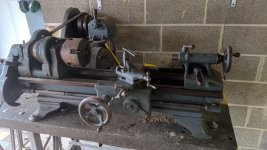APL
100 kW
- Joined
- Aug 6, 2018
- Messages
- 1,113
Finally got some time to take the core out of the mold. Turned out really good. 
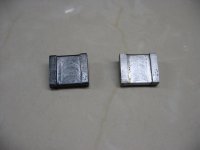
Ferrite is 29 grams, and steel is 63 g, so about half the weight of steel. Defiantly need to add more ferrite to
the core. I still have to weigh some laminations. I'm guessing, flux density and steel content go hand in hand.
Now I can test for magnetic strength, and eddy current ability's. The plan is to run AC current through them to see
how they react to eddy fluctuations, by measuring the heat they make in a specific time.

Ferrite is 29 grams, and steel is 63 g, so about half the weight of steel. Defiantly need to add more ferrite to
the core. I still have to weigh some laminations. I'm guessing, flux density and steel content go hand in hand.
Now I can test for magnetic strength, and eddy current ability's. The plan is to run AC current through them to see
how they react to eddy fluctuations, by measuring the heat they make in a specific time.


